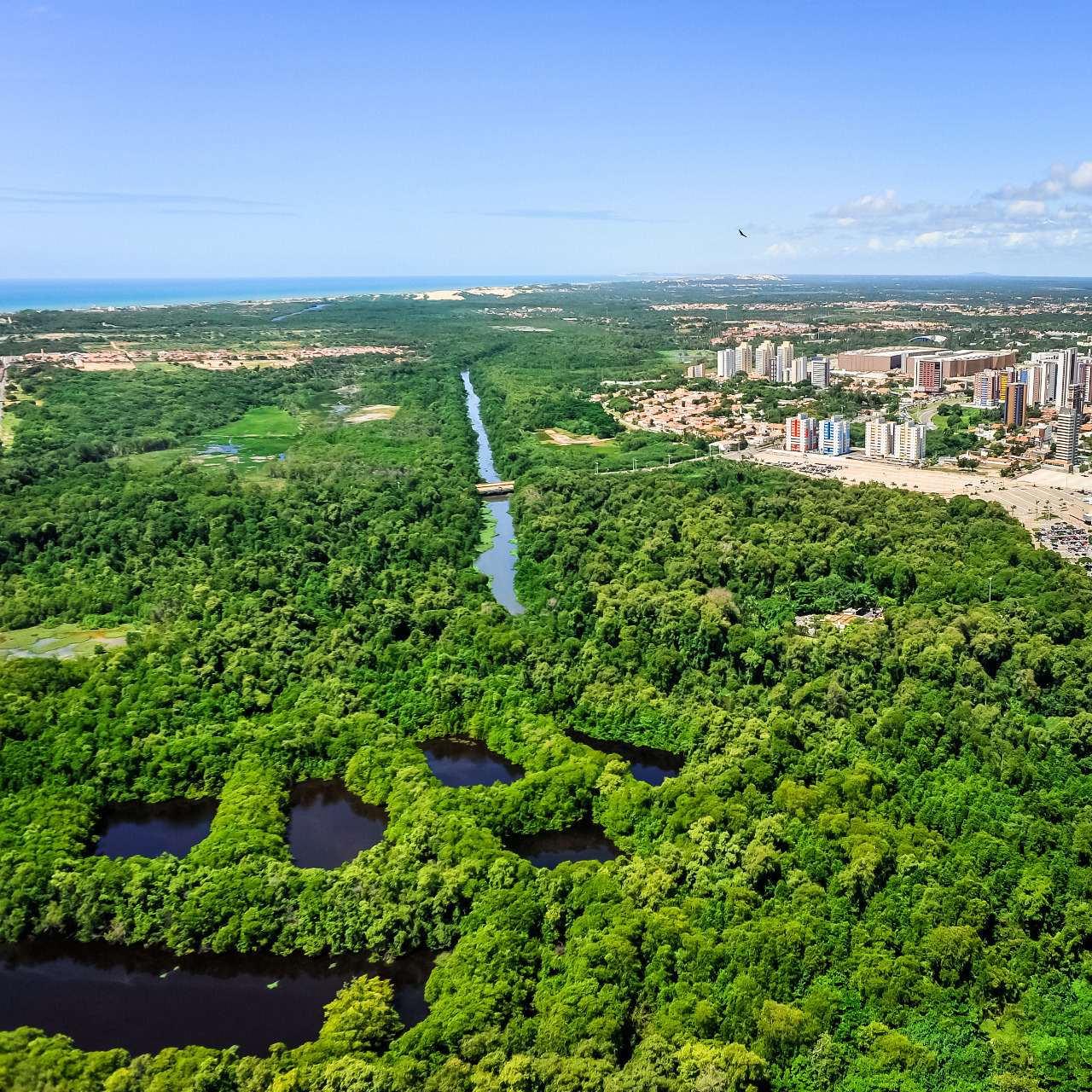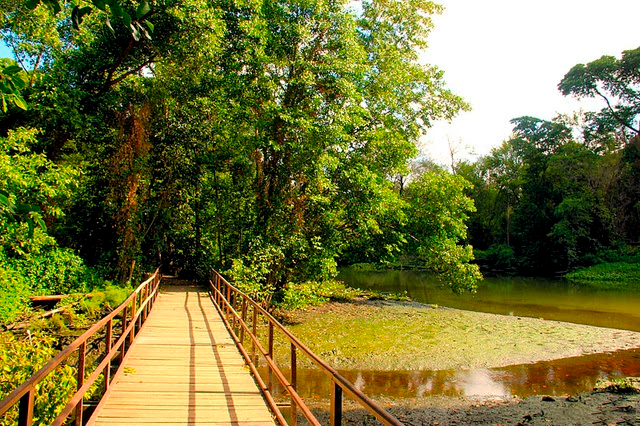
Parque Estadual do COCÓ

Mais de 500 anos depois, o Cocó resiste. O desafio de todo rio é chegar ao mar e, beirando nele, perder o medo de desaparecer ou permitir se transformar em oceano. Tudo é meio borboleta na vida, até o rio. Li, ouvi ou me inventei assim. Lembrei logo do rio da minha vida, tenho um rio que sempre esteve por perto e só me dei conta depois que já não era mais menino. O Rio Cocó – que hoje dá sentido a um Parque e navega entre quebradas pobres e lugares soberbos de Pacatuba, Itaitinga, Maracanaú e Fortaleza. Os 1.581 hectares do Parque Estadual do Cocó são os sobreviventes mais longevos que conheço desde as invasões dos bárbaros europeus por aqui. O mar também é. Acabaram com quase tudo, desmataram, caçaram, estupraram, executaram, extinguiram as línguas, catequisaram indígenas e negros. Decretaram que um rio não poderia ser cultuado feito “Deus”. Mais de 500 anos depois, definiram um Parque, em 2017, numa Unidade de Conservação para proteger “integralmente” o que ainda resiste. Importante não desaparecer com o que ainda há. Mesmo com tanto desamor, lixo e bocas de esgotos “tratadas” e maltratadas, até capivara o Parque voltou a ter. O guaiamum, último dos caranguejos nas trilhas da Sebastião de Abreu, ainda resiste azul da cor que lhe faz bonito. Mesmo que esteja na “lista vermelha” dos que podem sumir para sempre. O Parque o protegerá.
Acesse: Galeria de Fotos
COCÓ State Park
Over 500 years later, Cocó persists. The challenge of every river is to reach the sea and, bordering it, lose the fear of disappearing or allowing itself to be transformed into an ocean. Everything is a bit butterfly in life, even the river. I read, heard, or invented myself like that. I quickly remembered the river of my life; I have a river that has always been close by, and I only realized it after I was no longer a boy. The Cocó River – which now gives meaning to a Park and meanders between poor and superb places in Pacatuba, Itaitinga, Maracanaú, and Fortaleza. The 1,581 hectares of the Cocó State Park are the longest survivors I know since the invasions of European barbarians around here. The sea too. They destroyed almost everything, deforested, hunted, raped, executed, extinguished languages, catechized indigenous people and blacks. They decreed that a river could not be worshipped like a “God.” More than 500 years later, they established a Park in 2017, a Conservation Unit to protect “completely” what still resists. It’s important not to make what’s left disappear. Even with so much lack of love, garbage, and treated and mistreated sewage mouths, the Park has capybaras again. The “guaiamum,” the last of the crabs on Sebastião de Abreu’s trails, still resists in the beautiful blue color. Even if it is on the “red list” of those that may disappear forever. The Park will protect it.
Access: Photo Gallery

